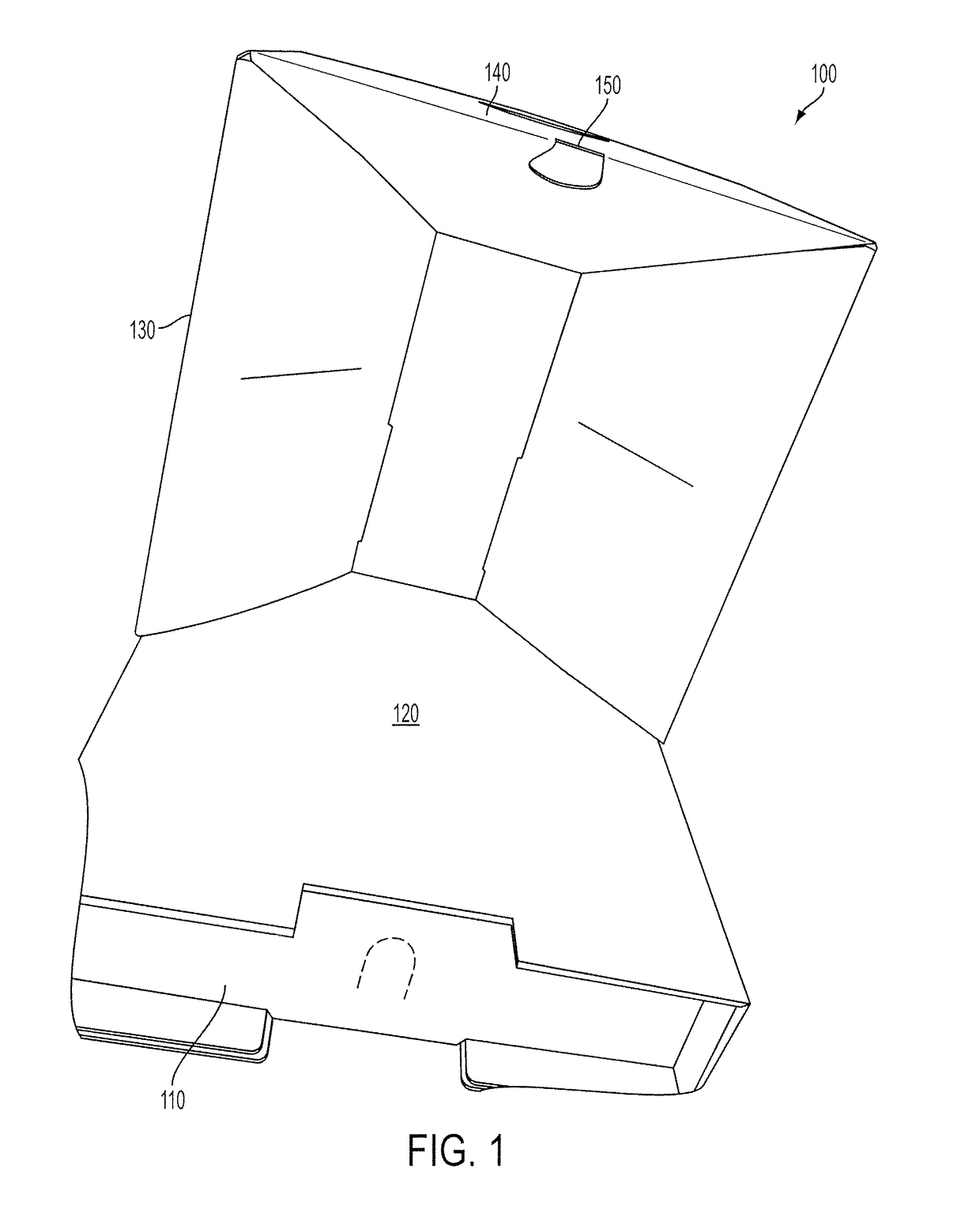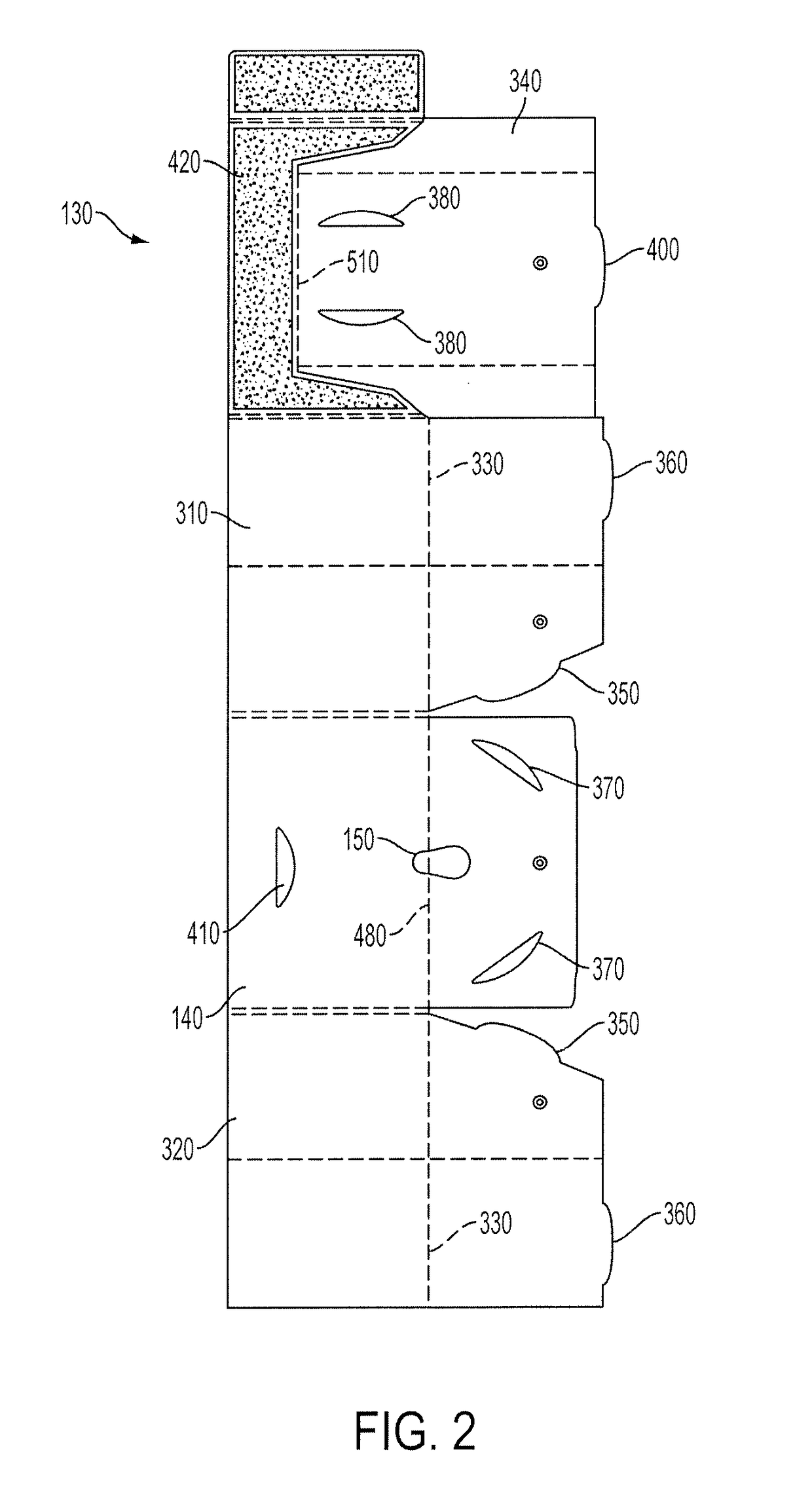Procurement stand for stem cell collection and transport
a stem cell and stem cell technology, applied in the field of procurement of cord blood and placental stem cells, can solve the problems of insufficient stem cells for adult patients, and the amount of stem cells is often not suitable for adult patients
- Summary
- Abstract
- Description
- Claims
- Application Information
AI Technical Summary
Benefits of technology
Problems solved by technology
Method used
Image
Examples
Embodiment Construction
[0034]It is desirable to obtain umbilical cord and placental blood in order to harvest the stem cells contained within them. These stem cells then have a variety of uses, both in basic science research and in treatment of disease. For example, stem cell transplants have been performed for patients with genetic or metabolic diseases, and to date more than 80 different diseases have been treated using stem cell transplants. However, the amount of stem cells obtained from both the umbilical cord and placenta using previous collection methods is generally not enough to treat an adult patient.
[0035]Accordingly, Applicants have appreciated that it would be beneficial to provide methods and devices that manipulate, position, and hold the umbilical cord and placenta to maximize the inflow and outflow of blood and other fluids during stem cell collection.
[0036]In view of the foregoing, various embodiments are directed to inventive apparatus and methods for manipulating, positioning, and / or h...
PUM
| Property | Measurement | Unit |
|---|---|---|
| gravity | aaaaa | aaaaa |
| size | aaaaa | aaaaa |
| area | aaaaa | aaaaa |
Abstract
Description
Claims
Application Information
 Login to View More
Login to View More - R&D
- Intellectual Property
- Life Sciences
- Materials
- Tech Scout
- Unparalleled Data Quality
- Higher Quality Content
- 60% Fewer Hallucinations
Browse by: Latest US Patents, China's latest patents, Technical Efficacy Thesaurus, Application Domain, Technology Topic, Popular Technical Reports.
© 2025 PatSnap. All rights reserved.Legal|Privacy policy|Modern Slavery Act Transparency Statement|Sitemap|About US| Contact US: help@patsnap.com



